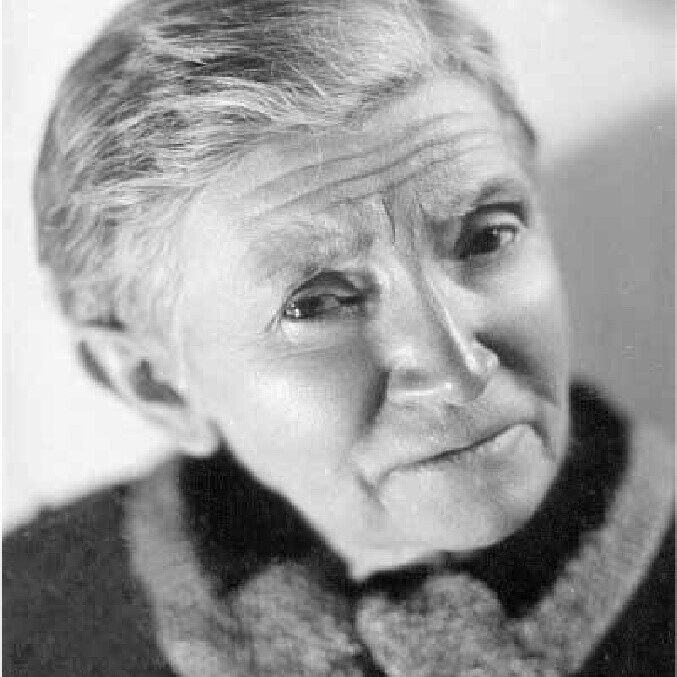Madeleine Colani

Madeleine Colani (13 Aug 1866, Strasbourg — June 1943, Hanoi) was a French educator, geologist and archaeologist who explored the northern Vietnamese of Hòa Bình in the 1929s, and published in 1930 the first comprehensive study on the megaliths of Upper Laos, cataloging around ten thousand of these in Plain of Jars, and defined them as urns used in Bronze Age funerary rites.
A daughter of Professor of Protestant theology Timothée Colani, a personal friend of Gambetta, she arrived in French Indochina in 1898, teaching primary school cursus, and later natural sciences at Albert Sarraut high school in Hanoi until 1916. She worked in French colonial Service géologique from 1917 to 1927, she was mandated by EFEO in 1929 to pursue her research on regional geogoly, prehistory and ethnology. She represented EFEO at the Congress of Prehistorians of the Far East in Hanoï (1932), Manila (1935) and Singapour (1938).
In 1927, Madeleine Colani published some details of her nine excavations in Hòa Bình. This led the 1st Congress of Prehistorians of the Far East (Hanoi, 1932) to adopt the first definition of ‘Hoa Binh culture’ (later called Hoabinhian) as a late Pleistocene and early Holocene “culture [or industry] composed of implements that are in general flaked with somewhat varied types of primitive workmanship, characterised by tools often worked only on one face, by hammerstones, by implements of sub-triangular section, by discs, short axes and almond shaped artifacts, with an appreciable number of bone tools.”
During her field research on Plain of Jars sites, which she conducted until her death — remaining in Vietnam after retirement at age 60 to oversee archaeological missions to Laos -, she was assisted by her sister Eléonore, who passed away five months before her in 1943. In Madeleine Colani’s obituary published in the weekly Indochine (n 146, 17 June 1943), Georges Coedès called her “the doyenne of Indochinese geological and prehistoric studies”, adding about the collaboration between the two sisters: “I know few men in the prime of their lives who would be capable of redoing under the same conditions what these two valiant women accomplished.”
Photo: EFEO
